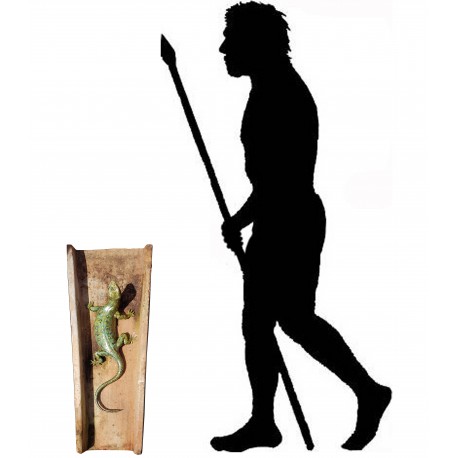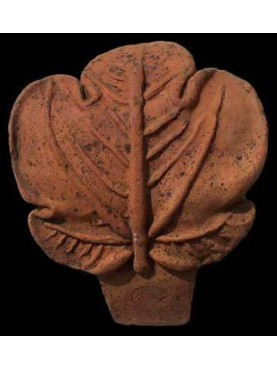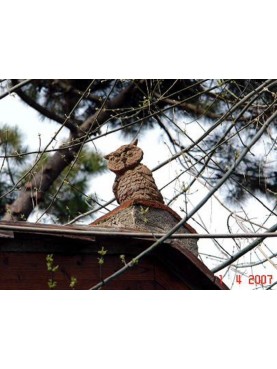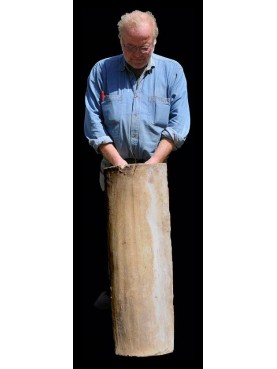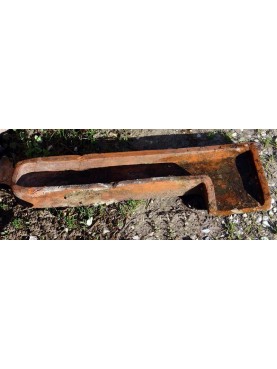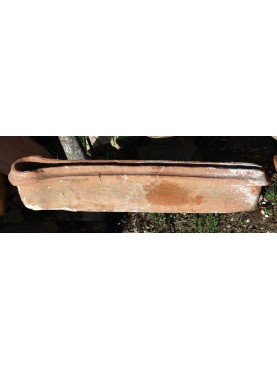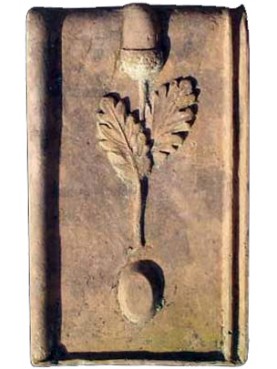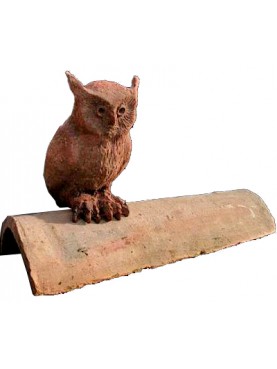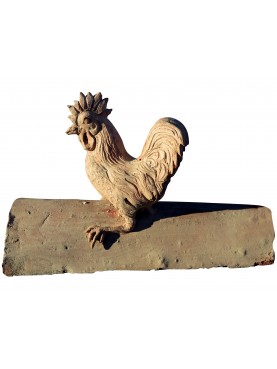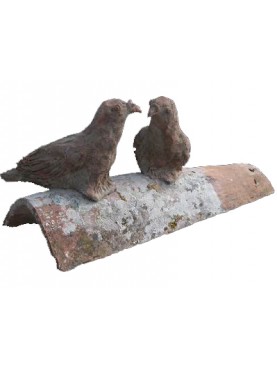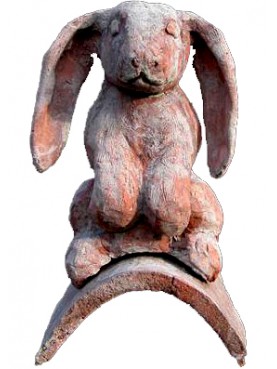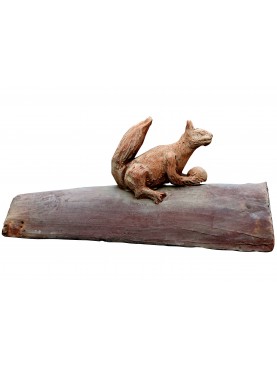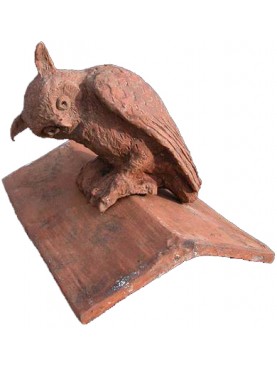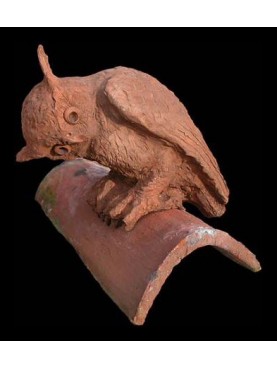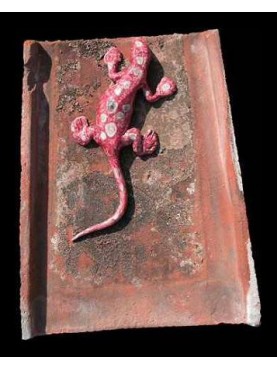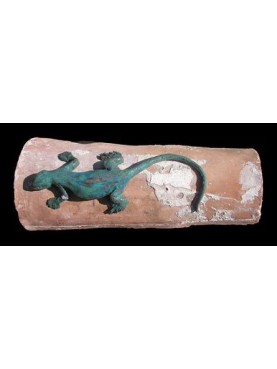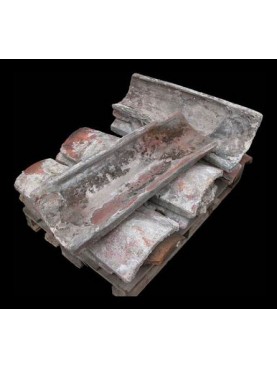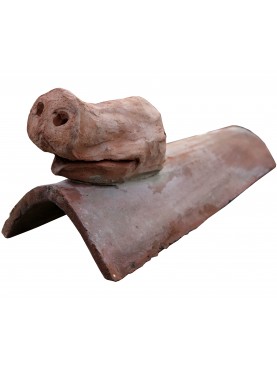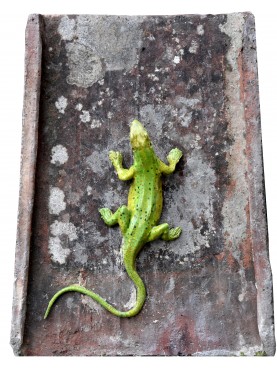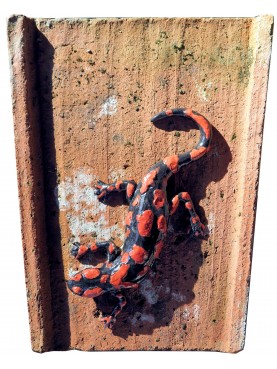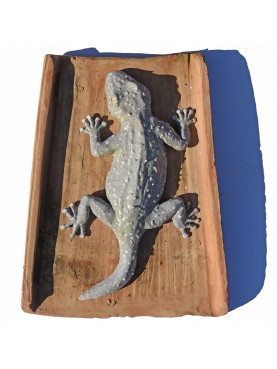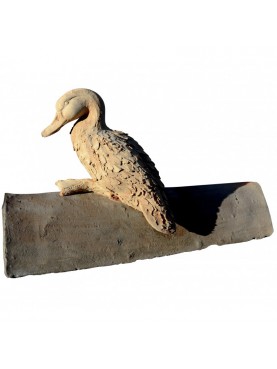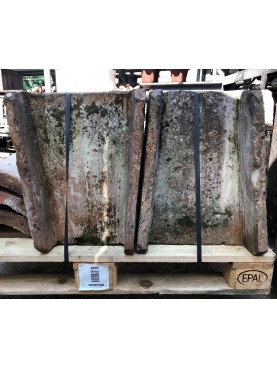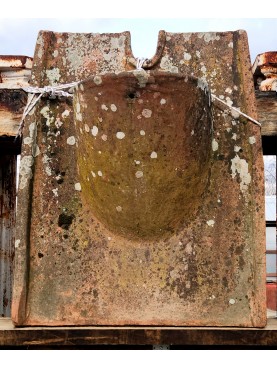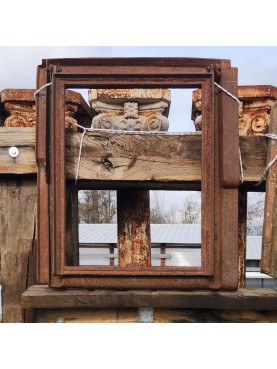Majolica Ocellata lizard on antique terracotta Tuscan roof-tile
Majolica Ocellata lizard on antique terracotta Tuscan roof-tile
12381
New
1 Available
Data sheet
| Width | 14.17 in | 36 cm |
| Length | 18.11 in | 46 cm |
| Thickness | 3.15 in | 8 cm |
| Weight | 33.07 lbs | 15 Kg |
| Manufacturing | Recuperando srl | |
| Material | Terracotta + majolica | |
| Note 01 | Lizzard long 45 cm |
More info
The ocellated lizard, eyed lizard or jeweled lacerta in the pet trade (Timon lepidus) (syn. Lacerta lepida) is a species of wall lizard also known as the (Portuguese: sardão, Spanish: lagarto ocelado).
Timon lepidus is one of the largest members of its family. The adult is 30 to 60 cm (0.98 to 1.97 ft) long and may reach up to 90 cm (3.0 ft), weighing more than 0.5 kg (1.1 lb).[2] About two-thirds of its length is tail. Newly hatched young are 4 to 5 cm (1.5 to 2 in) long, excluding tail.
This is a robust lizard with a serrated collar. The male has a characteristic broad head. It has thick, strong legs, with long, curved claws. The dorsal background colour is usually green, but sometimes grey or brownish, especially on the head and tail. This is overlaid with black stippling that may form a bold pattern of interconnected rosettes. The underside is yellowish or greenish with both the male and female sporting bright blue spots along the flanks, though the male is typically brighter in colour than the female. Young are green, grey, or brown, with yellowish or white, often black-edged, spots all over.
Timon lepidus is native to southwestern Europe. It is found throughout the Iberian peninsula (Spain, Portugal), and is patchily distributed in southern France and extreme northwestern Italy.
This reptile is found in various wild and cultivated habitats from sea level up to 2100 m in southern Spain. It is rare at higher altitudes. It prefers dry, bushy areas, such as open woodland and scrub, old olive groves and vineyards, and is sometimes found on more open, rocky or sandy areas. It can occasionally be seen basking on roadsides. The lizard usually stays on the ground, but climbs well on rocks and in trees. It can dig holes and sometimes uses abandoned rabbit burrows.
This lizard feeds mainly on large insects, especially beetles, and also robs birds’ nests and occasionally takes reptiles, frogs, and small mammals. It also eats fruit and other plant matter, especially in dry areas.
Breeding occurs in late spring or early summer. Males are territorial in spring and fight in the breeding season. The female lays up to 22 eggs in June and July about three months after mating, hiding them under stones and logs or in leaf litter or in loose damp soil. It tends to lay fewer, larger eggs in dry areas. The eggs hatch in eight to 14 weeks. The lizard is sexually mature at two years of age.

